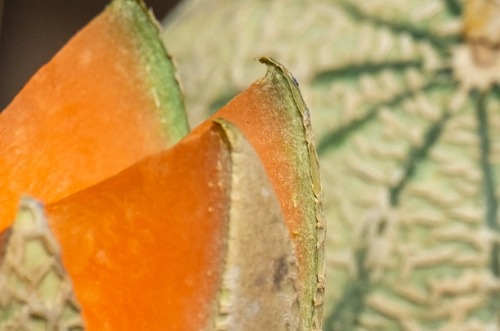
In W32 in the melon landscape, the 2023 Kazakh melon harvesting campaign has started. Experts suggest that the 2023 Kazakh gross melon and watermelon yield might surpass the 2022 harvest despite the challenges. Kazakh melon production registered a 7.1% year-on-year (YoY) decrease in 2022, primarily attributed to reduced planting areas and water scarcity issues. The Turkestan region emerged as the primary melon-producing area, cultivating 59% of all melons in Kazakhstan. Challenges are expected to persist in 2023, with significant production cost increases and concerns about the Russian ruble volatility, as the Kazakh melon harvest is exported to Russia. Despite these issues, Kazakhstan nearly self-sustains its melon market, with domestic production contributing to 99.1% of consumption.
The Ministry of Agriculture, Livestock and Food Supply (MAPA) expects Brazilian melon production to grow significantly by 28.7% by 2032/33. Experts suggest that melon production expansion is viable if Brazil can access new export markets. While the European market is firmly established, negotiations are underway for the Chinese market. Technological advancements significantly contribute to production, particularly in Rio Grande do Norte and Ceará.
Lastly, researchers from the University of Tsukuba in Japan utilized CRISPR-Cas9 to modify the ethylene synthesis pathway in luxury Japanese melons to extend their shelf life. Ethylene, a gaseous plant hormone, is known for promoting fruit ripening and influencing fruit longevity. The researchers successfully reduced ethylene generation to one-tenth of the wild type by targeting the enzyme 1-aminocyclopropane-1-carboxylic oxidase (CmACO1), a key player in ethylene production. Genetically edited melons exhibited green skin, firmness, and significantly extended shelf life, with no introduction of foreign genes from other species. These mutations were maintained across two generations. This achievement can potentially reduce food waste, enhance food security, and improve melon preservation.





